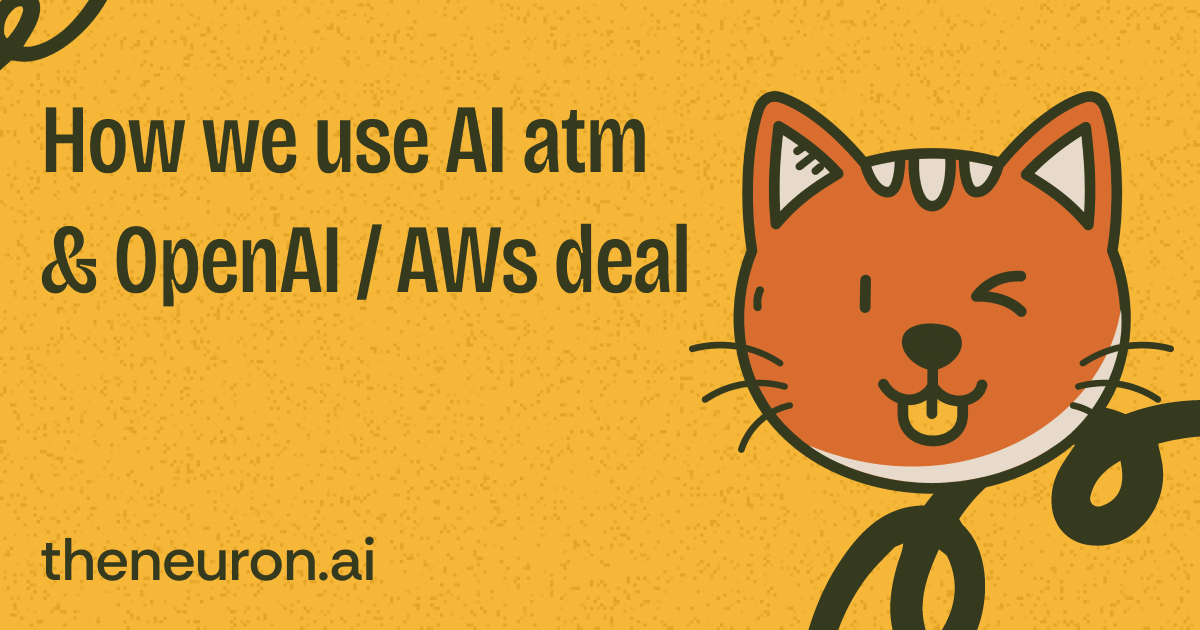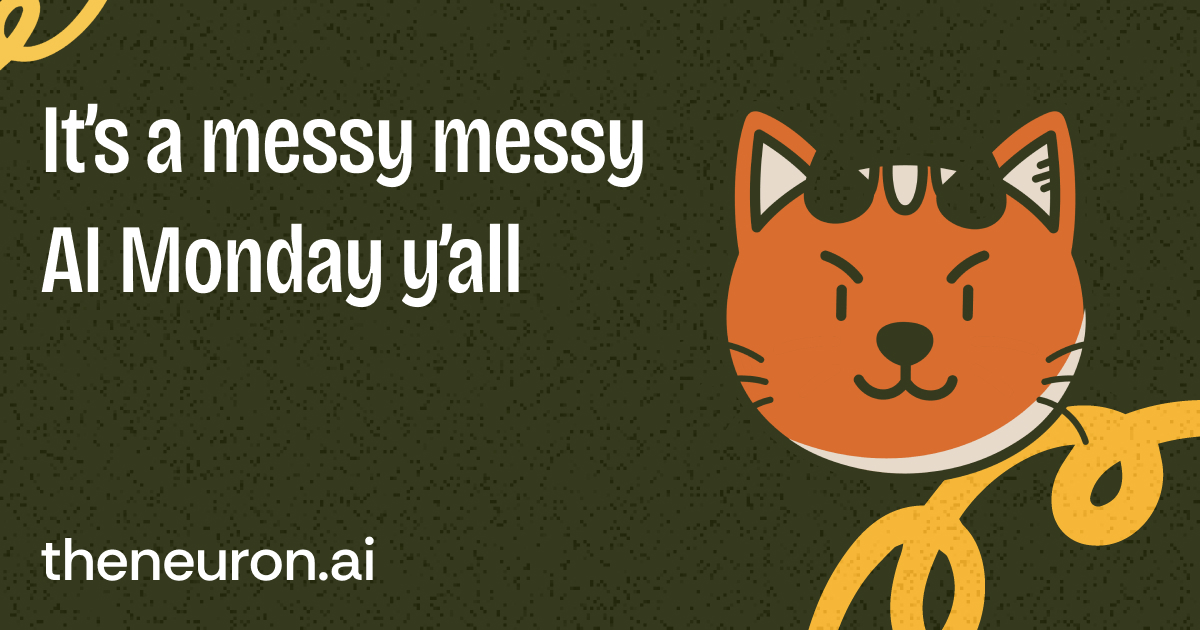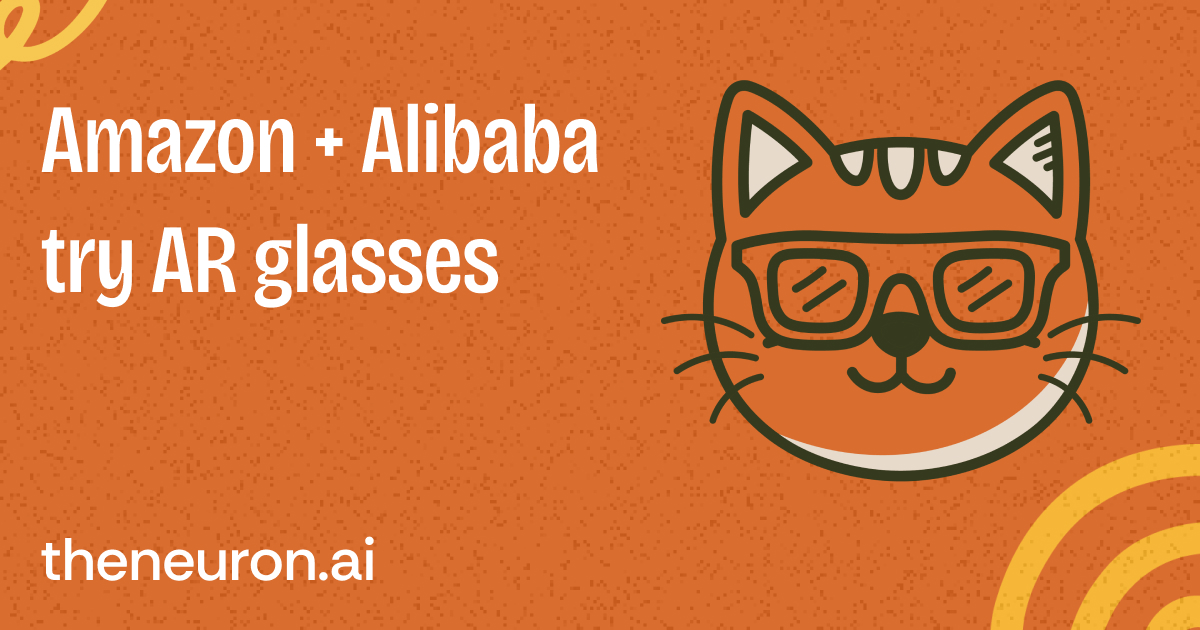Welcome, humans.
So OpenAI just rolled out a refreshed version of its usage policies, which is basically, the rulebook for what you can and can't do with ChatGPT and its other products.
The big change? These rules now apply universally across all OpenAI tools, rather than having different policies for different products. Think of it as OpenAI finally getting all its ducks in a row.
The core principles haven't changed much: don't use AI for harmful stuff (violence, fraud, harassment), respect people's privacy (no creepy surveillance or data scraping without permission), keep kids safe (zero tolerance for anything that exploits minors), and don't manipulate people (no deepfakes of politicians or automated high-stakes decisions without human oversight).
One clause caused some panic: the bit about not providing “tailored advice that requires a license, such as legal or medical advice, without appropriate involvement by a licensed professional.”
People thought this meant you couldn't ask ChatGPT health questions anymore. Relax y’all, you still can. What OpenAI actually means = you can't build a business offering legal or medical advice to clients using AI unless you're a licensed professional yourself. Big difference between “ChatGPT, help me understand my symptoms?” (totally fine) and “I'm starting a law firm powered entirely by GPT with no actual lawyers” (not fine).
Here’s what happened in AI today:
- We shared our current multi-AI workflow.
- OpenAI and (checks notes) AWS?! sign a $38B deal.
- Pres Trump: NVIDIA can’t sell its best chips outside the U.S.
- Major Japanese publishers get serious about copyright.

Prompt Tip of the Day: How We’re Using AI atm…
Prioritizing this section today; keep scrolling for main news of the day below!
Hot take: You need to stop trying to make one AI do everything. We've been “simple maxxing” (our own term) across multiple AI tools lately, and it's waaay more effective than forcing “the best model”, be it GPT-5 or Claude or whoever else to handle tasks they're not great at.
Here's our current workflow:
- Claude: Our central command center (yours might be GPT-5 or Copilot instead). Here’s where we save all our go-to prompts as project instructions we tab between and fire them off as needed (usually as 5x open browser windows we tab between depending on what task we need to do next).
- Gemini: Long document analysis. We have custom Gems for extracting insights from Youtube vids, plus a 26K-word system prompt saved in AI Studio for writing marathon articles (overkill for most tasks, but possible via Gemini).
- Gemini Nano Banana: Quick image edits when we need them.
- ChatGPT: Ironically the best Google searcher. Superior web fetch capabilities and link-grabbing compared to the others (and doesn’t add weird google.com? params to everything).
- Google AI Studio Build tab: Still unmatched for simple app prototypes (“vibe coding”) You can connect your app to GitHub, connect your GitHub to Cloudflare Pages, and deploy edits instantly.
- If you want more vibe-coding options, check out this video from Greg Isenberg of the startup ideas podcast that debates and ranks them all.
- Grok: Great for trending news on X.com questions—use it with something like this workflow (code, video). Nobody beats it for real-time social media context. Also, Grok Code Fast 1 is v popular on OpenRouter.
And that’s basically it. We’ll do one-off tool tests and agentic experiments here or there, and Corey in particular will deploy GPT Agent for many recurring web-based tasks, but the above stack is pretty much all we need to accomplish our daily work.
It’s easy to get lost in all the new model drops and debates about which AI is the best. It’s equally easy to get stuck in one tool and never branch out. In reality, each AI “product” (because as Caspar reminded us, when you interact with ChatGPT or Claude on the web, you’re interacting with a PRODUCT, not a model) has at least one superpower.
If you’re stuck trying to get this or that use-case to work, instead of re-prompting one tool over and over, try switching tools until you find the one that works.
If none do, try to break your task out into simpler steps and test each of those out separately across the task. Once you get to the point where you know the right tool and prompt combination to complete the full task end to end, then it’s time to turn that process into an agentic workflow.

FROM OUR PARTNERS
Unleash AI. Reimagine CX.

One hour. Top CX leaders. Exclusive insights for AI-powered CX.
Join us for Unleash AI. Reimagine CX on November 12, a premiere launch event hosted by NiCE. In just one hour, hear from global leaders and analysts, see live demos, and discover how AI-powered CX is making enterprises more efficient, more profitable, and more loved.

Wait, OpenAI has a deal with AWS? Microsoft’s biggest cloud competitor? WTF is going on?!

DEEP DIVE: OpenAI, Microsoft, and the new yet old yet new again AI power bottleneck.
Just when you thought the AI Industry couldn’t get any more strange and intertwined…
Yesterday, OpenAI announced a $38B deal with AWS, adding Amazon to its growing roster of cloud partners (Microsoft, Google, Oracle, CoreWeave). That brings OpenAI's total compute commitments to a mind-melting $1.4 trillion over the next few years.
On paper, this looks like the AI infrastructure arms race going into hyperdrive. When you add up all the previous announcements and news from earnings last week, Big Tech is on track to spend $400B on AI in 2026 alone. Everyone's buying GPUs like they're going out of style. Nvidia's getting rich ($5 Trilli and countin’), and Ed Zitron’s list of AI industry grievances is getting longer (based on his math, he says the AI industry will need $2 trillion by 2030 to make all this CAPEX worth it).
And yet, in a recent podcast interview this week with Brad Gerstner, Microsoft CEO Satya Nadella dropped a bombshell: “My problem today... it's not a supply issue of chips. It's actually the fact that I don't have warm shells to plug into." Translation? The bottleneck isn't chips. It's power. Read more.

Treats to Try
*Asterisk = from our partners (only the first one!). Advertise in The Neuron here.

- *Wispr Flow turns your speech into clean, final-draft writing across email, Slack, and docs. It matches your tone, handles punctuation and lists, and adapts to how you work on Mac, Windows, and iPhone. Give your hands a break ➜ start flowing for free today.
- Canva launched a model that generates editable designs with separate layers instead of flat images, plus added an @Canva assistant you can tag in comments for design help, and built mini apps through prompts.
- CodeBanana is like Google Docs but for code—watch teammates type live, get help from AI that knows your whole repo, and share working apps with one click.
- Archy handles insurance verification, billing, and charting for dentists so staff saves 80 hours per month (raised $20M; also, just signed a deal with
- Adam turns text into 3D models you can edit with sliders and 3D print in seconds (raised $4.1M).
- Weavy (just acquired by Figma) lets you generate images and videos using multiple AI models, then edit each layer like Photoshop.
- Some of the team at TA, our parent company (including Corey!) have taken this free “Advanced Prompt Engineering for Everyone” Coursera course from Vanderbilt University and gotten a lot out of it; if you’re new to working with language models like ChatGPT, check this out and see if it’s for you!

Around the Horn

- U.S President Donald Trump announced that NVIDIA's most advanced Blackwell AI chips would be restricted to U.S. customers only.
- Major Japanese publishers, including Square Enix and Studio Ghibli, formally demanded OpenAI stop using their copyrighted works (like anime) for AI training without consent.
- Perplexity and Getty Images signed a multi-year deal allowing Getty's images in Perplexity's AI search with proper attribution.

FROM OUR PARTNERS
You brief others. Who briefs you?
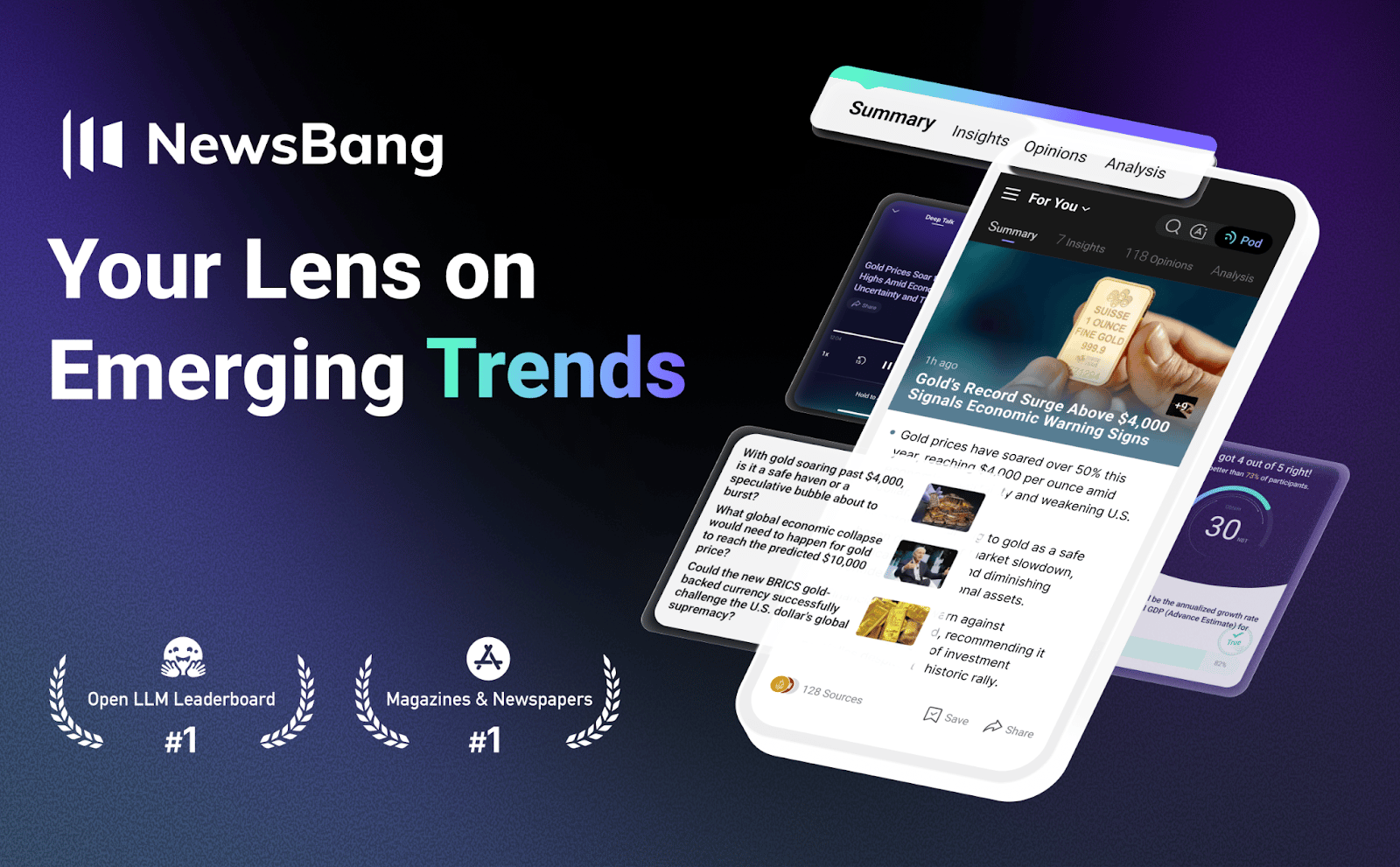
NewsBang is an AI information platform built for people who turn headlines into action across foreign affairs, policy, academia, and business. Get high-impact briefings tailored to your portfolio and personalized deep dives that surface credible perspectives. Then test your foresight: make time-bound predictions in our monthly challenge, compare your calls with the crowd and leading AI agents, and see sentiment before it shapes markets or policy.

Tuesday Tweets
Quick follow up to our not-so-AI robot story from Sunday. PyTorch co-founder Soumith Chintala and legendary engineer John Carmack brought something to our attention about NEO, the nearly 100% tele-operated robot that caused a stir last week: these companies shouldn’t be marketing a “Robot” per say… they should market this guy as the new version of telecommuting 101:

Special shout out to Yuchen Jin who shared this tweet!
The TL;DR = NEO marketed like it was autonomous when it's actually tele-operated by some dude at 1X Technologies HQ. The bait-and-switch is the issue; "I thought I ordered the housekeeper of the future, but all I got was some guy in a VR headset?!"
And yet, as Soumith said, “Even if 1X only ever arbitrages geographic labor pricing forever, that's a pretty substantial product to just stand on its own.” At $4.1/hour for 30 hours weekly, it's clearly a new way to outsource physical labor to cheaper countries.
But why limit NEO to household labor? Market it as remote work. Instead of VR meetings with clunky headsets and fake avatars (remember "the metaverse"? LOL), you remote-in as an actual robot. TSMC employees from Taiwan could work at the Phoenix plant. Japanese engineers could join meetings in Palo Alto. Weird? Sure. But weirder than a dude in VR vacuuming your living room?

A Cat’s Commentary
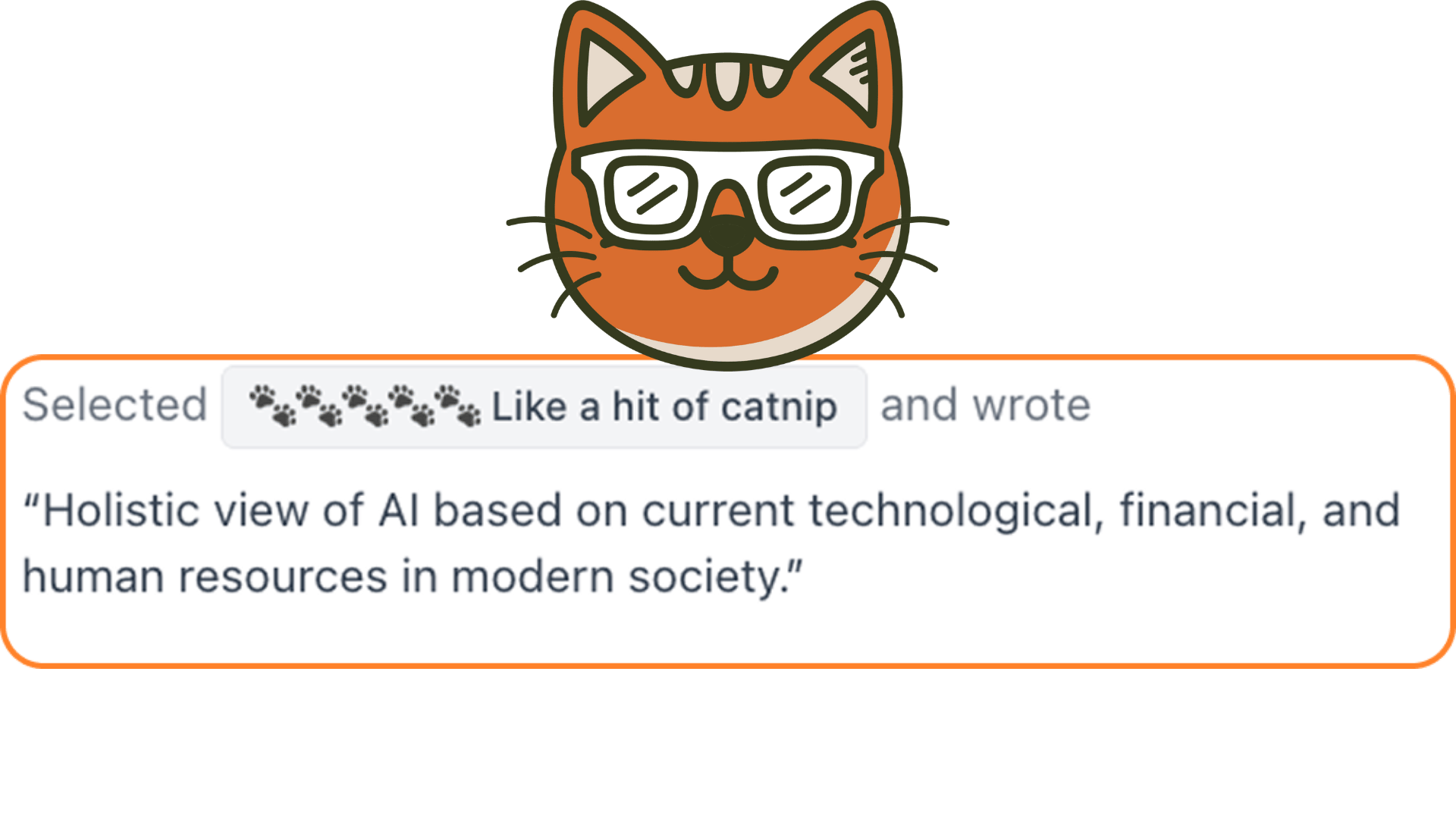


.jpg)

.jpg)


